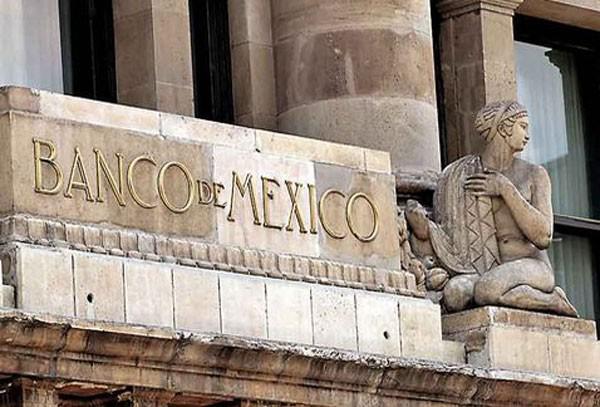Due to the great uncertainty generated by the government of López Obrador, capitals continue to leave Mexico.
MEXICO (Bank of Mexico) – The majority of members of the Governing Board considered that monetary policy should continue to incorporate all available information, incorporating the risks at sight. One of them said that this would allow taking advantage of “some space to continue relaxing.”
Although the sovereign risk-adjusted downward and the stock market showed an improvement to the cut of June 25, “capital outflows continued but at a slower pace than observed a few weeks ago,” said Bank of Mexico (Banxico).
Some members of the Governing Board noted that the accumulated data indicate outflows exceeding 13 billion dollars in fixed income.
One of them stressed that “the total government securities held by non-residents currently amounts to about 90,000 million dollars”.
According to the June meeting report, another member of the collegiate body added that “the accumulated data for the year show a zero flow in the case of equity instruments”.
They also pointed out that “some (members) warned that operating conditions continue to deteriorate in the exchange market and the fixed income market.”
In the meeting where they decided to apply a third consecutive cut of half a point in the rate, to leave it at 5%, “one said that the Mexican peso continues to be among the currencies of emerging economies with higher annual depreciation”.
It also noted that “the balance of the net exchange position continued to expand into negative territory”.
Investment-grade risk
The majority of members considered that monetary policy should continue to incorporate all available information, including the risks at sight. One of them said that this would allow taking advantage of some space to continue relaxing.
They added that it is indispensable to assume risks that can materialize such as volatility due to internal or external causes, the persistence of subjacent inflation at high levels despite more significant levels of comfort; and “the vulnerable financial situation of Pemex in a context in which the loss of the investment grade of the sovereign rating is not discarded.
The majority expressed concern about the situation of Petróleos Mexicanos (Pemex), and one, in particular, warned that “the lack of public revenue could increase in the face of additional capitalization needs for this company as a result of its financial problems, the sharp drop in its sales and the continuation of unprofitable projects in which the financial burden and risk are concentrated in the federal government”.
Another highlighted the need to design a long-term solution to Pemex’s problems and added that in the absence of concrete measures in that direction and generally strengthening public revenues, “it will not be convenient to seek greater support from fiscal policy. The anticipated decline in the resources of the Budgetary Revenue Stabilization Fund (FEIP) and the consequent increase in the vulnerability of public finances.
The International Monetary Fund (IMF) has been updating capital outflows from emerging markets as global uncertainty has increased since the outbreak of the Covid-19 pandemic.
In the Covid-19 Policy Response Tracker, developed by the IMF for 191 countries and updated daily, they estimate that between February 20 and June 24, foreign investors undid positions in Mexico for 14.6 billion dollars (14.6 billion dollars) equivalent to 1.4 points of GDP in 2019.
This proportion has increased since March when the accumulated outflows since the beginning of the pandemic in Mexico were equivalent to 0.4% of GDP.
They exceeded that reported by the Fund on May 21, when the accumulated outflow of non-resident capital totaled 12.5 billion dollars, equivalent to 1.2 points of GDP.


